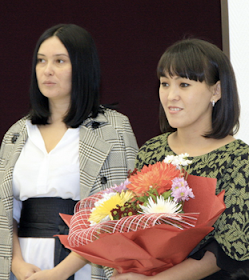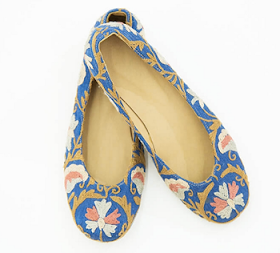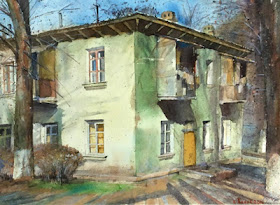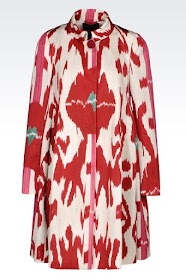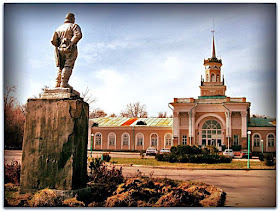 |
| Kyrgyz performer Gulzada Ryskulova |
Reciters of the Manas epic, or manaschi, are guardians of an oral folklore whose origins remain obscure. They are also almost always men.
Sent underground during the Soviet Union, the tradition of charismatic oral poetry, themed on the life of a mythical warrior king, received a powerful shot in the arm during the rule of Kyrgyzstan's first president Askar Akayev.
Now, with the release of a song based on the epic and sung by a woman, the tale of Manas has a new twist, now carrying an urgent message about the need to preserve the country's incredible nature and its nomadic heritage.
Ryskulova wrote on Facebook:
"Friends - The whole might of the Kyrgyz Nomadic Spirit, the intimate, magical fluids of our mountainous country. Authentic feelings can be experienced through the voice, the music and the song of "Aikol Manas".
The epic of Manas stands as the most crucial cultural legacy of Kyrgyzstan. In the span of two years we have worked tirelessly to achieve a deep [and] quality immersion into the marvellous centuries of old Kyrgyz culture".
Below is the clip starring Gulzada and produced by Sumsarbek Mamyraliyev [3:44 mins] :
>
While Gulzada's release is a celebration of Kyrgyz culture, it is also a challenge to the patriarchy that presently surrounds the epic. Partly because there are many versions of the Manas legend (both written and oral) there are also different understandings as to what the warrior king should mean to the Kyrgyz people.
While Akayev used Manas as a tool to unite Kyrgyzstan's diverse ethnic groups, in more recent times the epic has been hijacked by nationalists that stress the position of ethnic Kyrgyz as the “children of Manas”.
Feminists and liberals were moreover aggrieved when a statue symbolising freedom in the form of a female angel in flight was replaced by one of Manas shortly after Kyrgyzstan endured its second and most bloody revolution in 2010.
Almost two years ago, Global Voices wrote about a Rising Voices grantee, Kyrgyzstan's school-age Devochki-Aktivisti (girl activists). One of the stories published on the blog, managed and edited by the Devochki-Aktivisti and consisting of letters sent to the Devochki-Aktivisti, concerned a young girl Manaschi.
In the story the girl wrote:
I have been a girl Manaschi (storyteller of the Epic of Manas) since I was 3 years old. When I was a child, everyone thought it was great – they considered all children equal.
But I grew up, and found that being an older girl is much harder. Beginning when I was 9 years old, everybody started telling me the stereotypes I should follow. And so my favorite pursuit – storytelling – stopped for a while. I had already resigned myself to the fact that I was a girl.
Below, the same girl can be seen performing a Manaschi-style recital to promote gender equality [1.45 mins]:
This article by Akhal-Tech collective originally appeared on Global Voices on 9 December 2016. It is reposted here with permission.
Related posts:
Manaschi - Bards of Kyrgyzstan
Elechek - Kyrgyz Traditional Headdress
Uzbek Divas: Capturing the Poetic Traditions of Central Asia
Kyrgyz Chii - Yurt Screens and Mats
Yurts of Central Asia Part


















